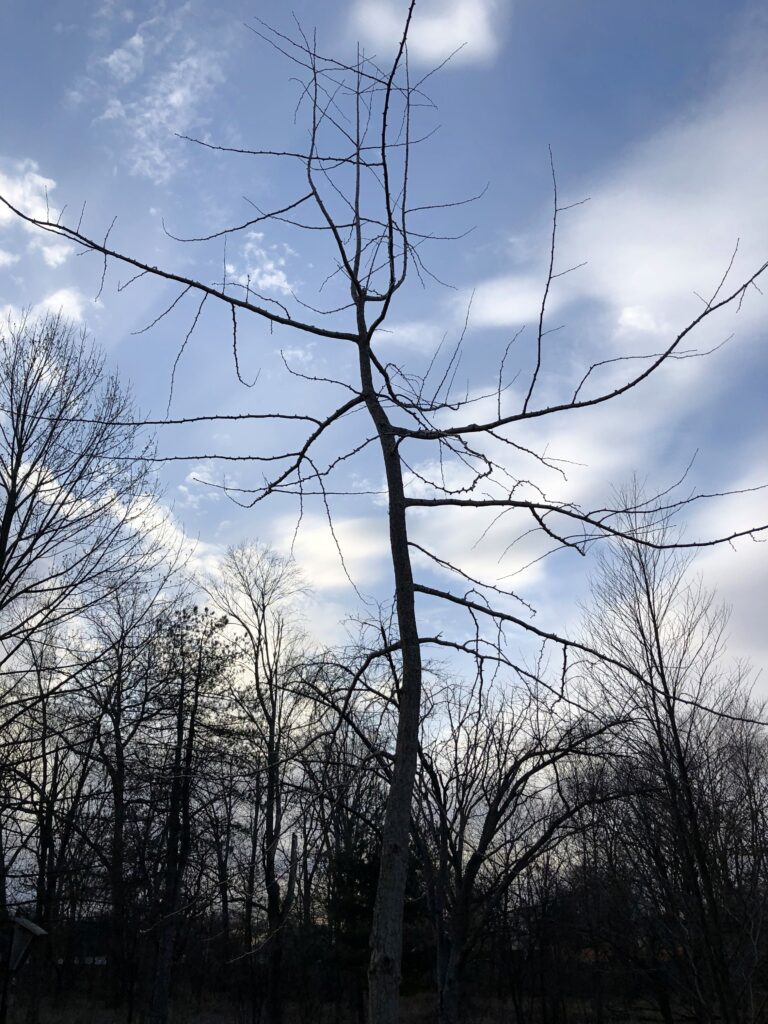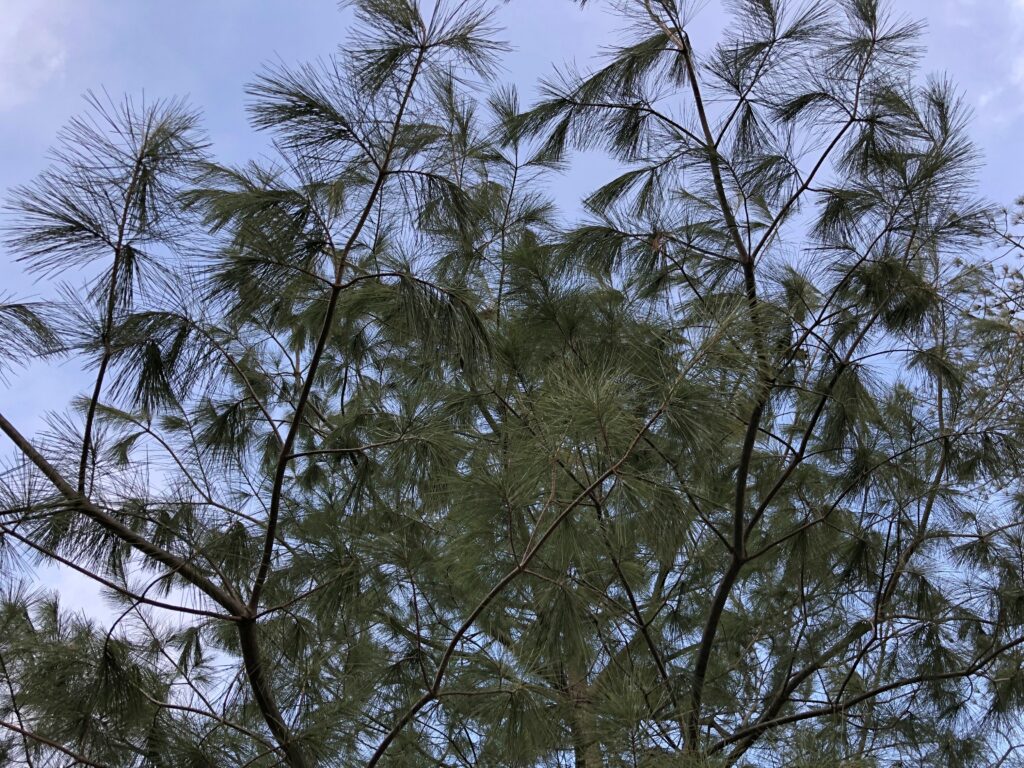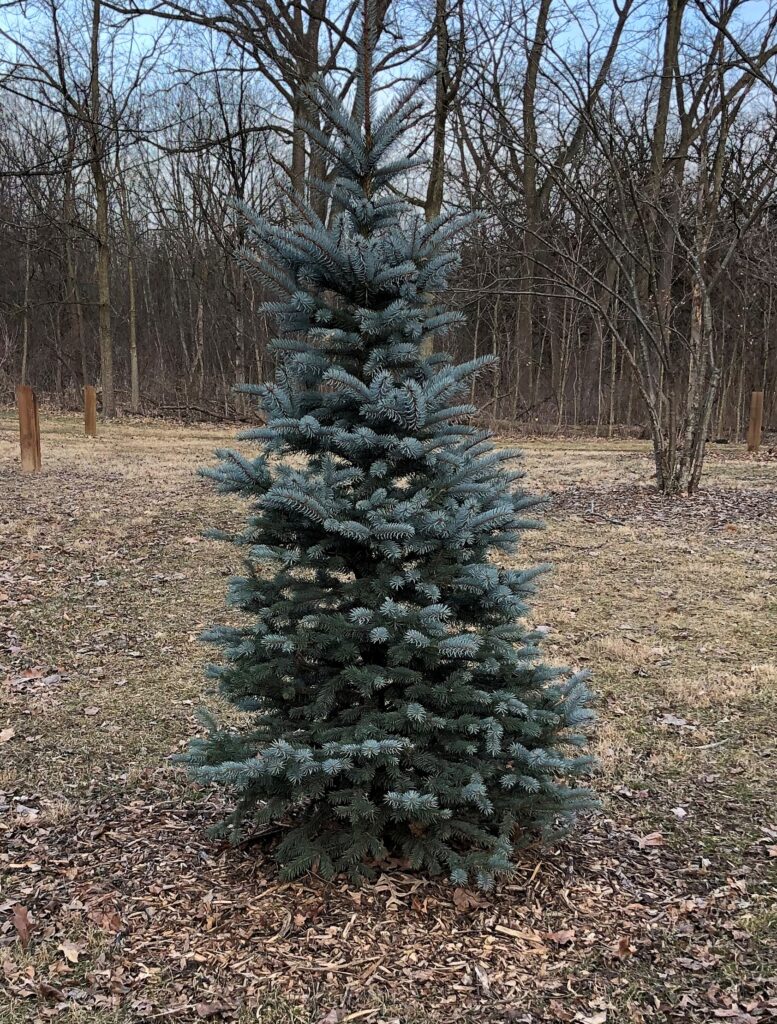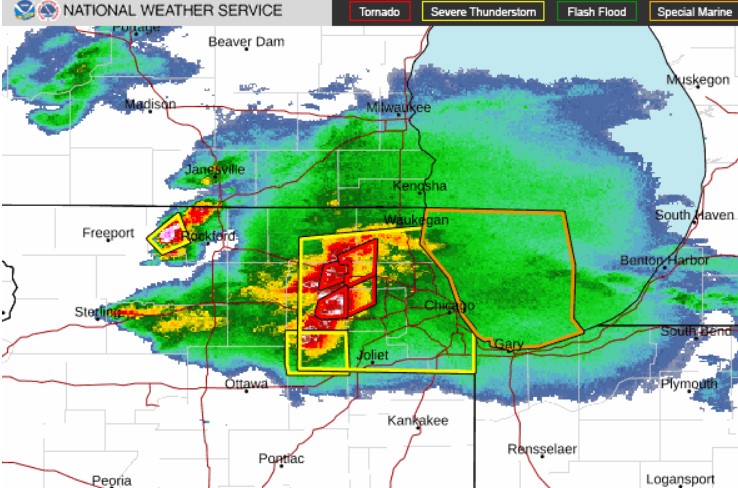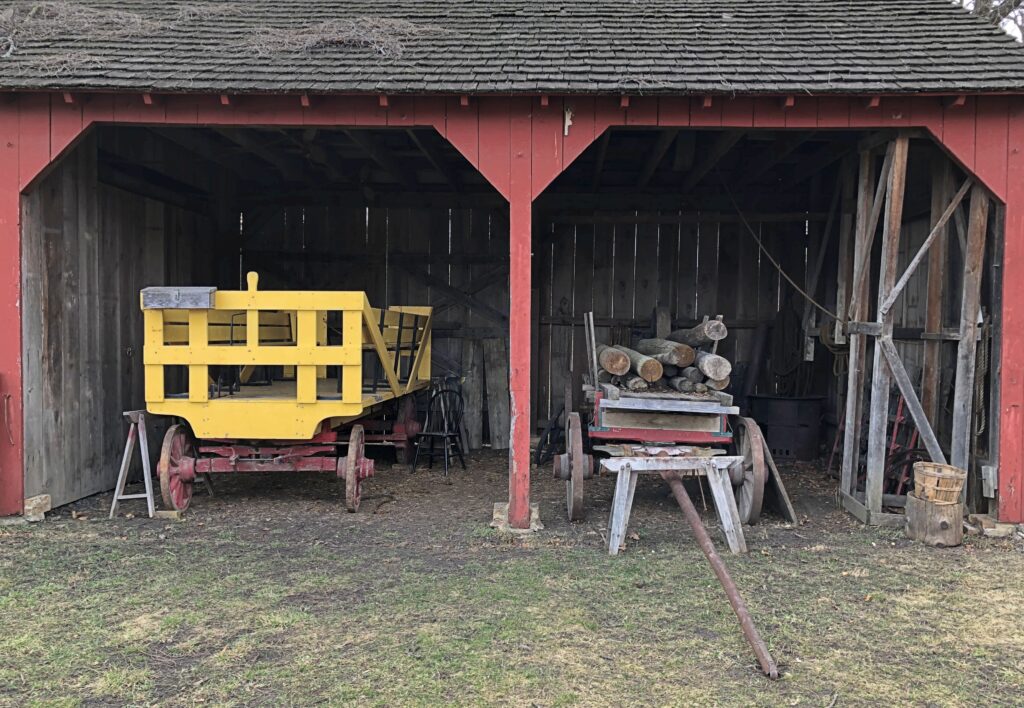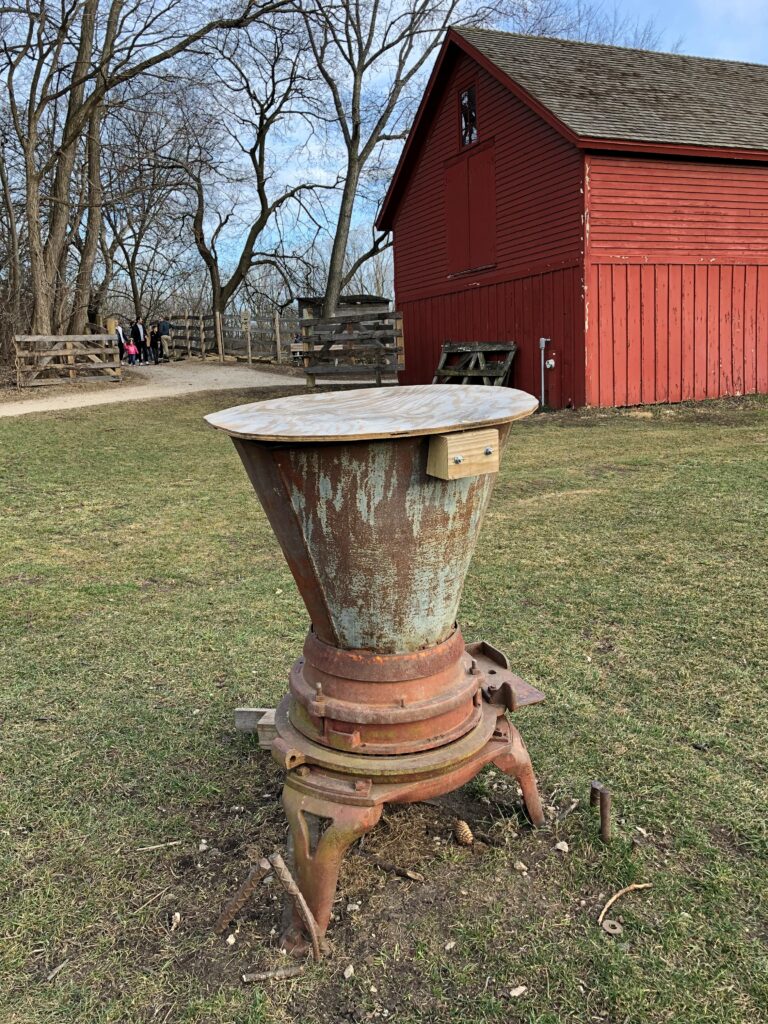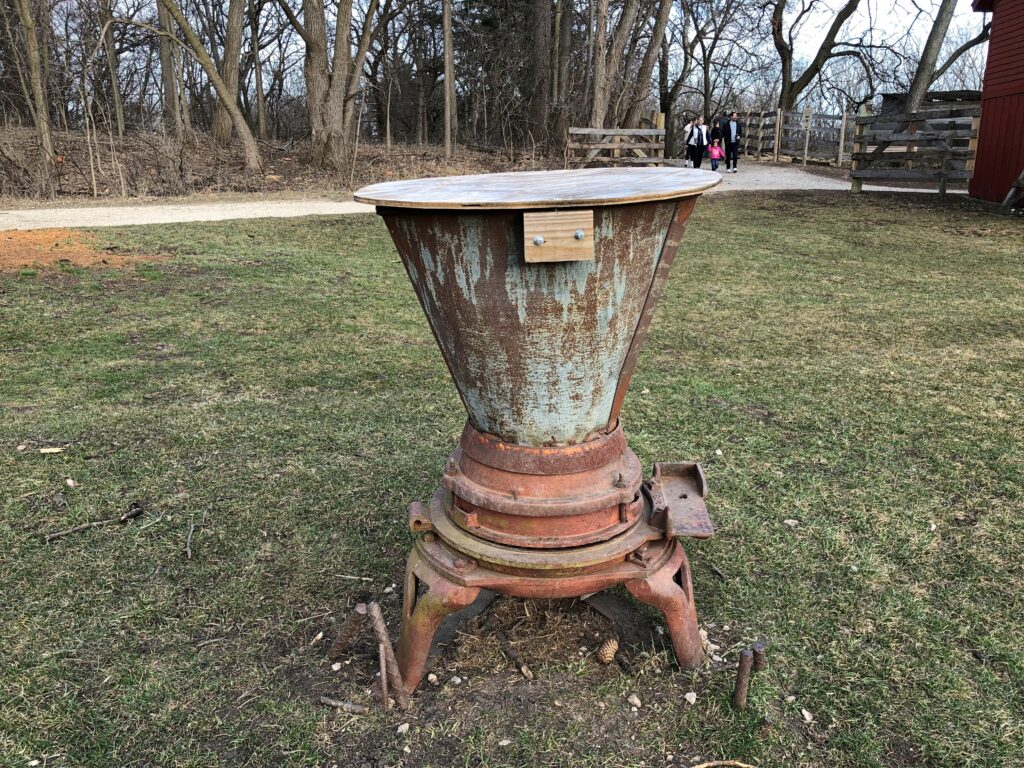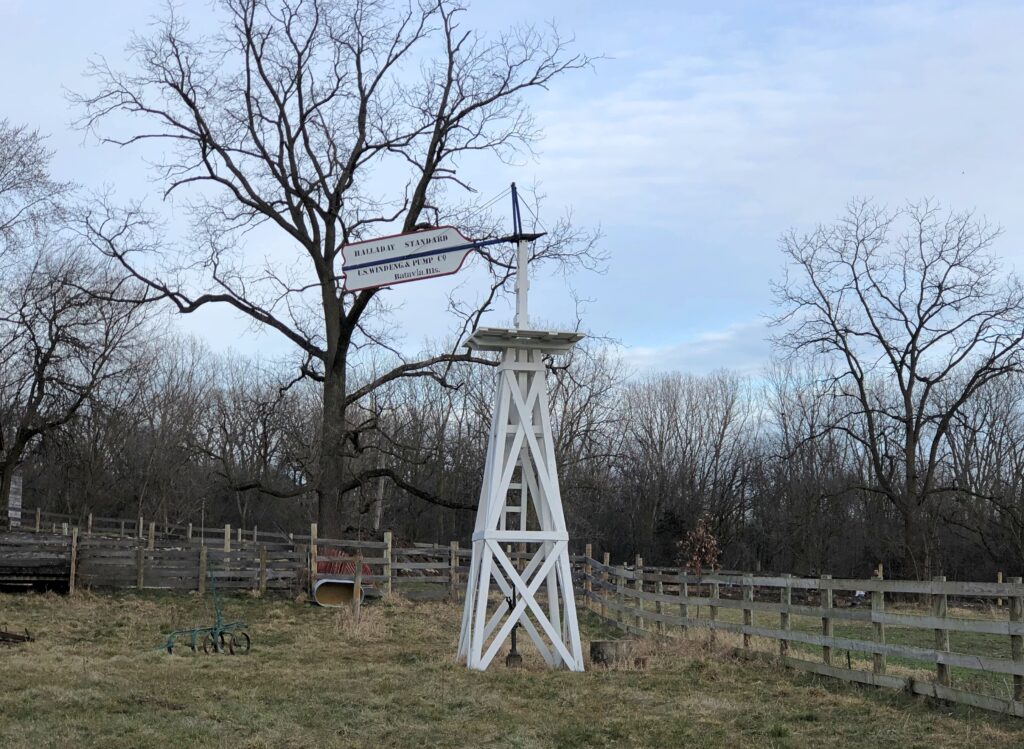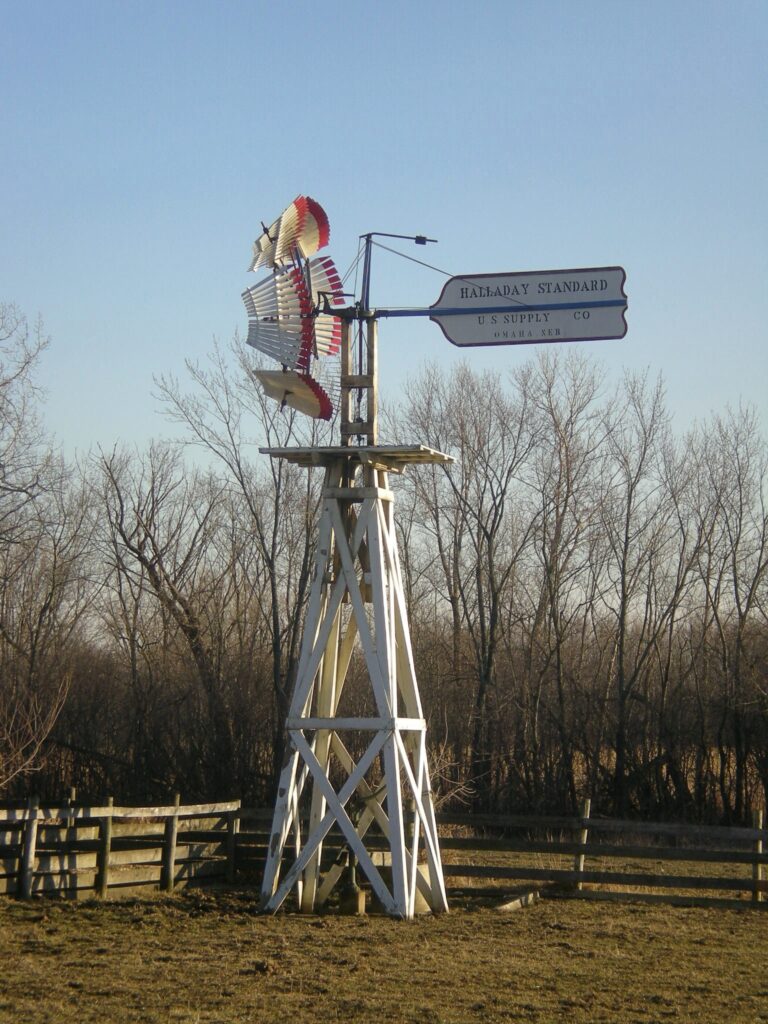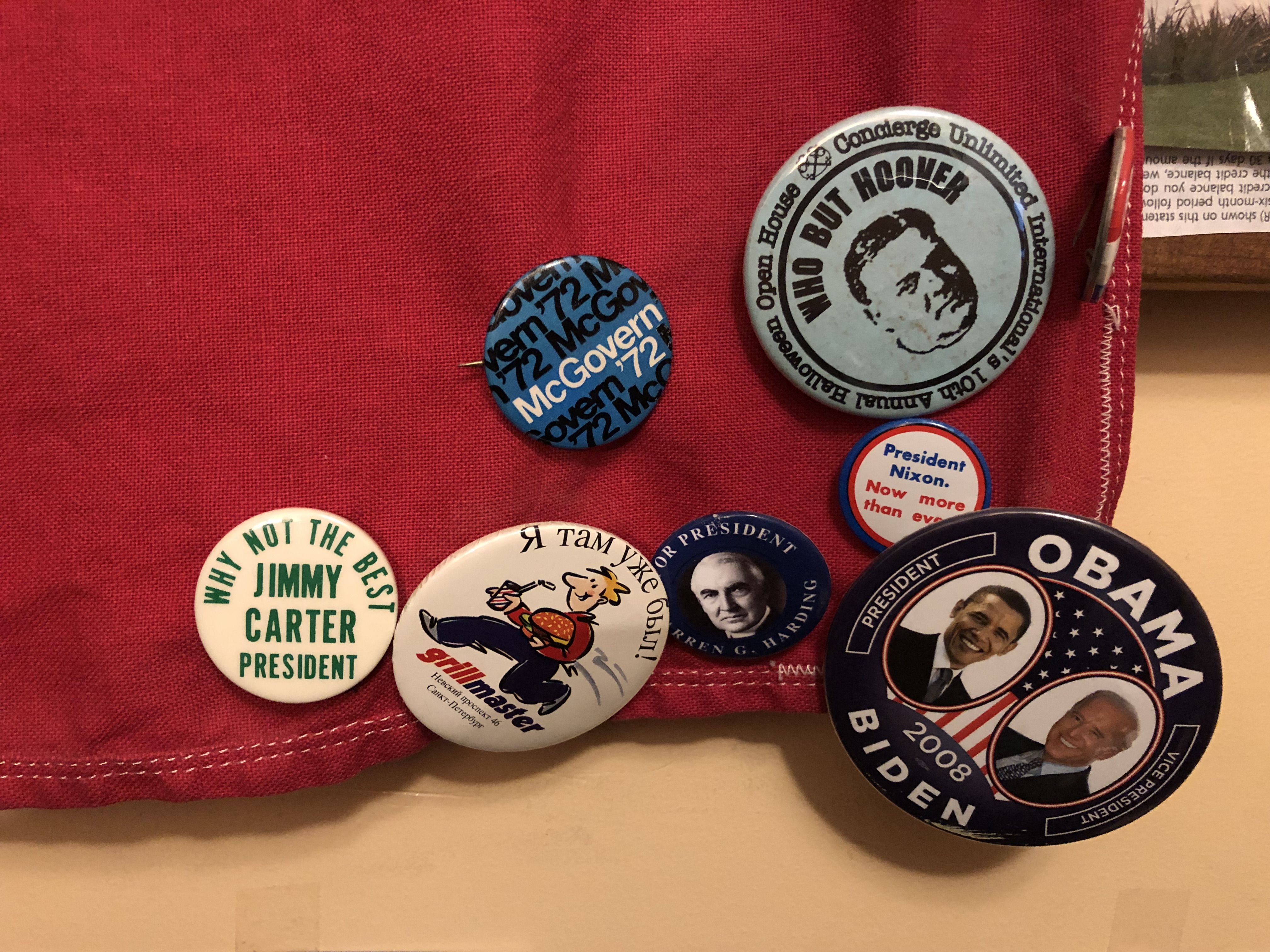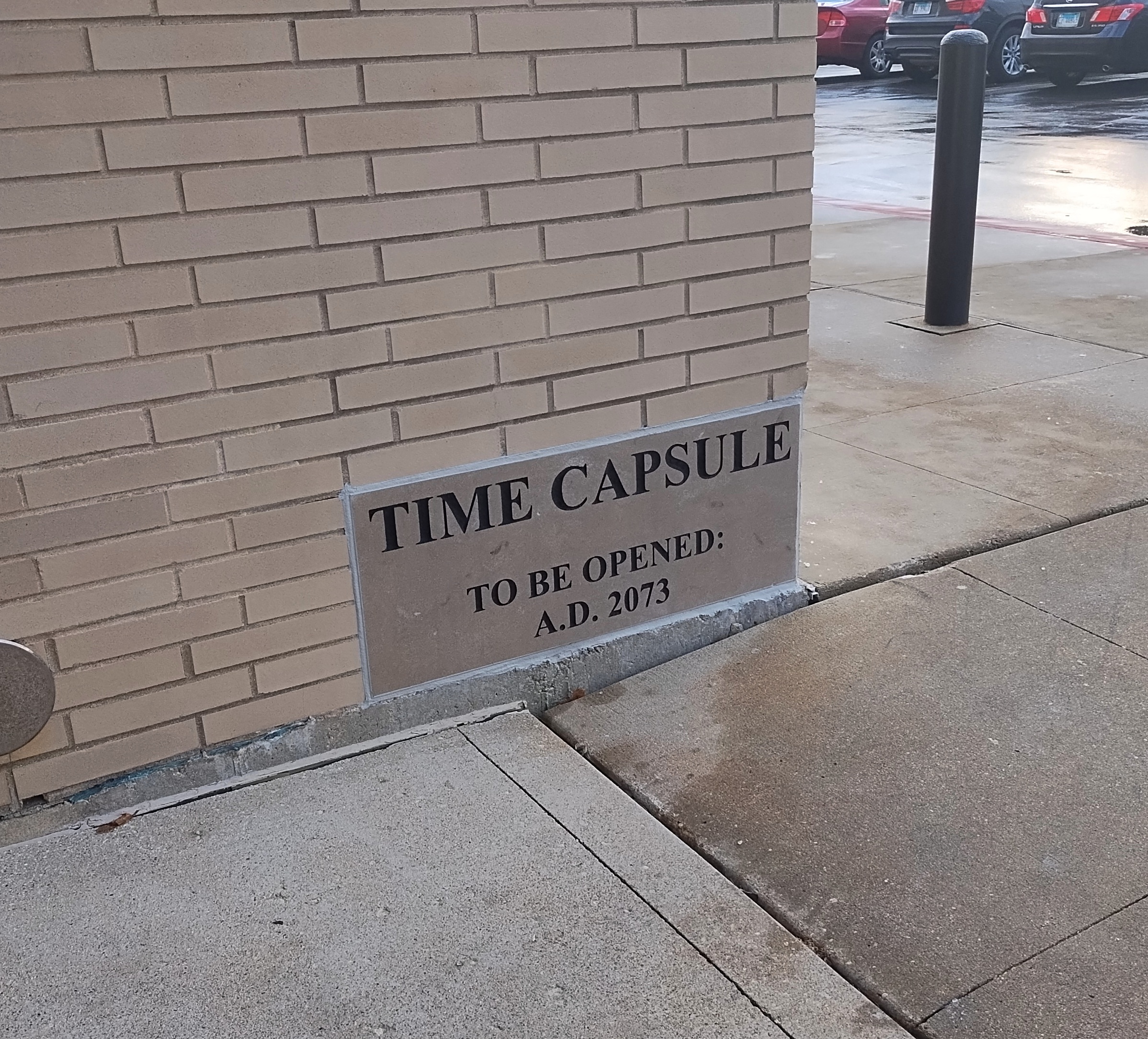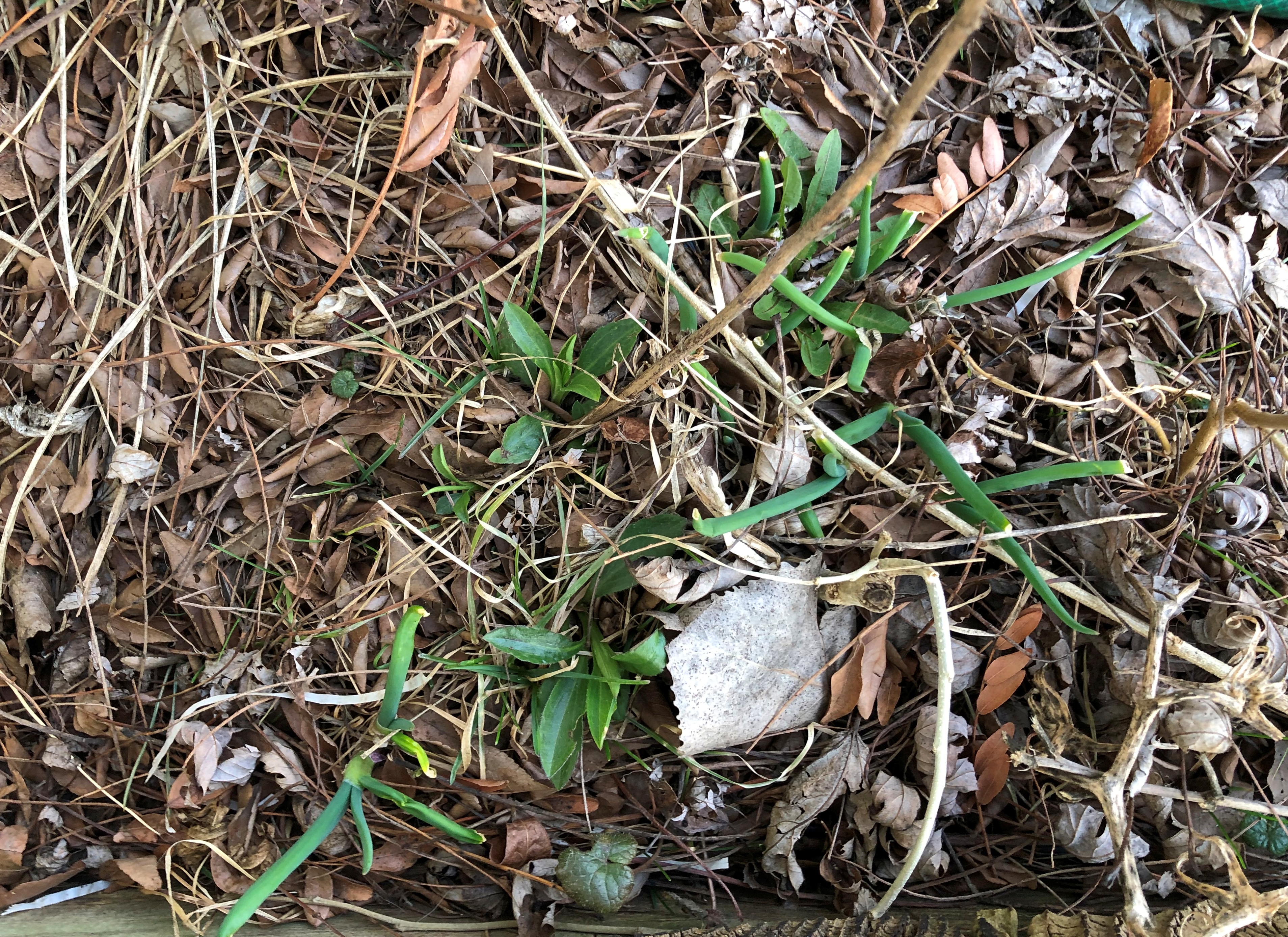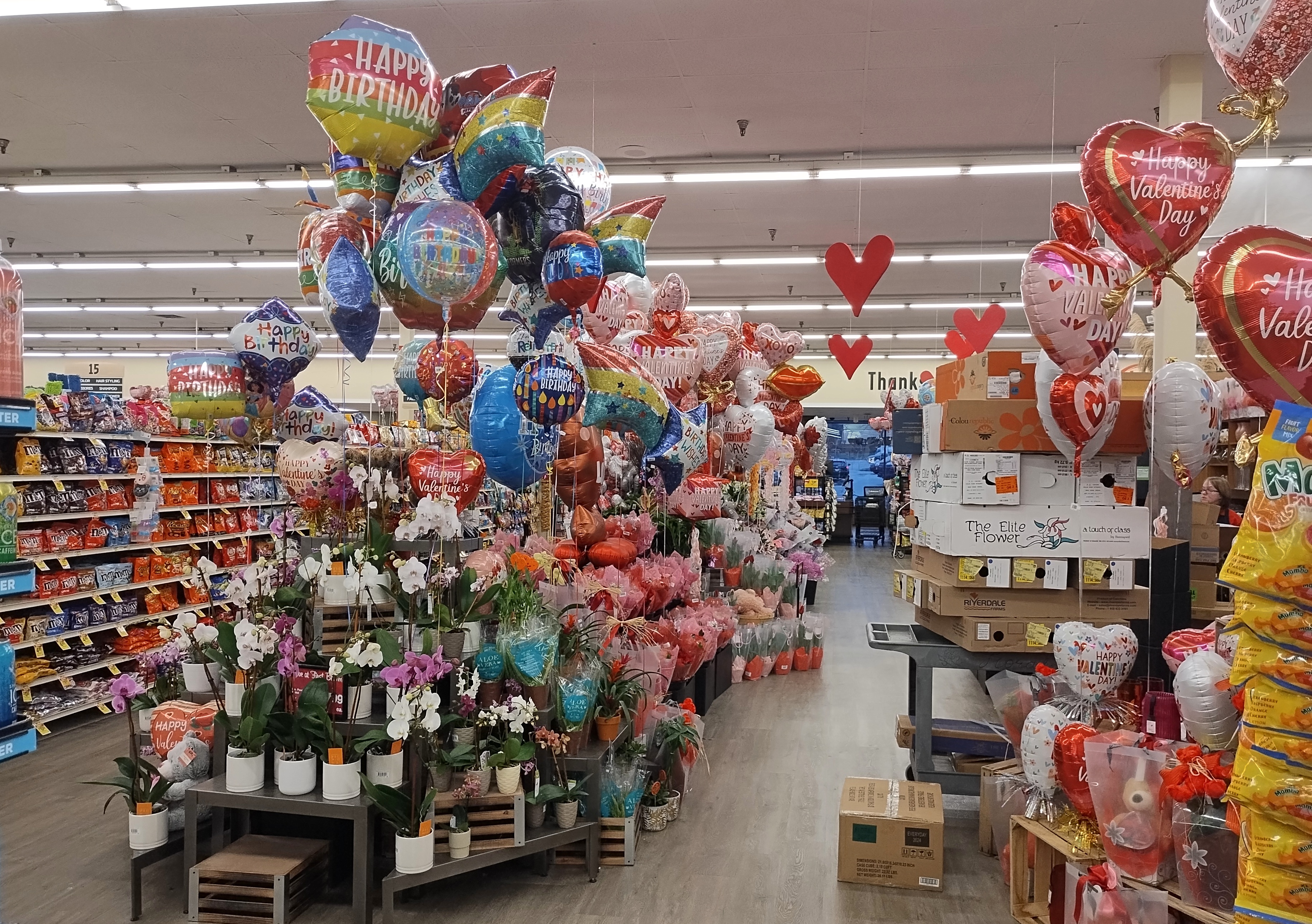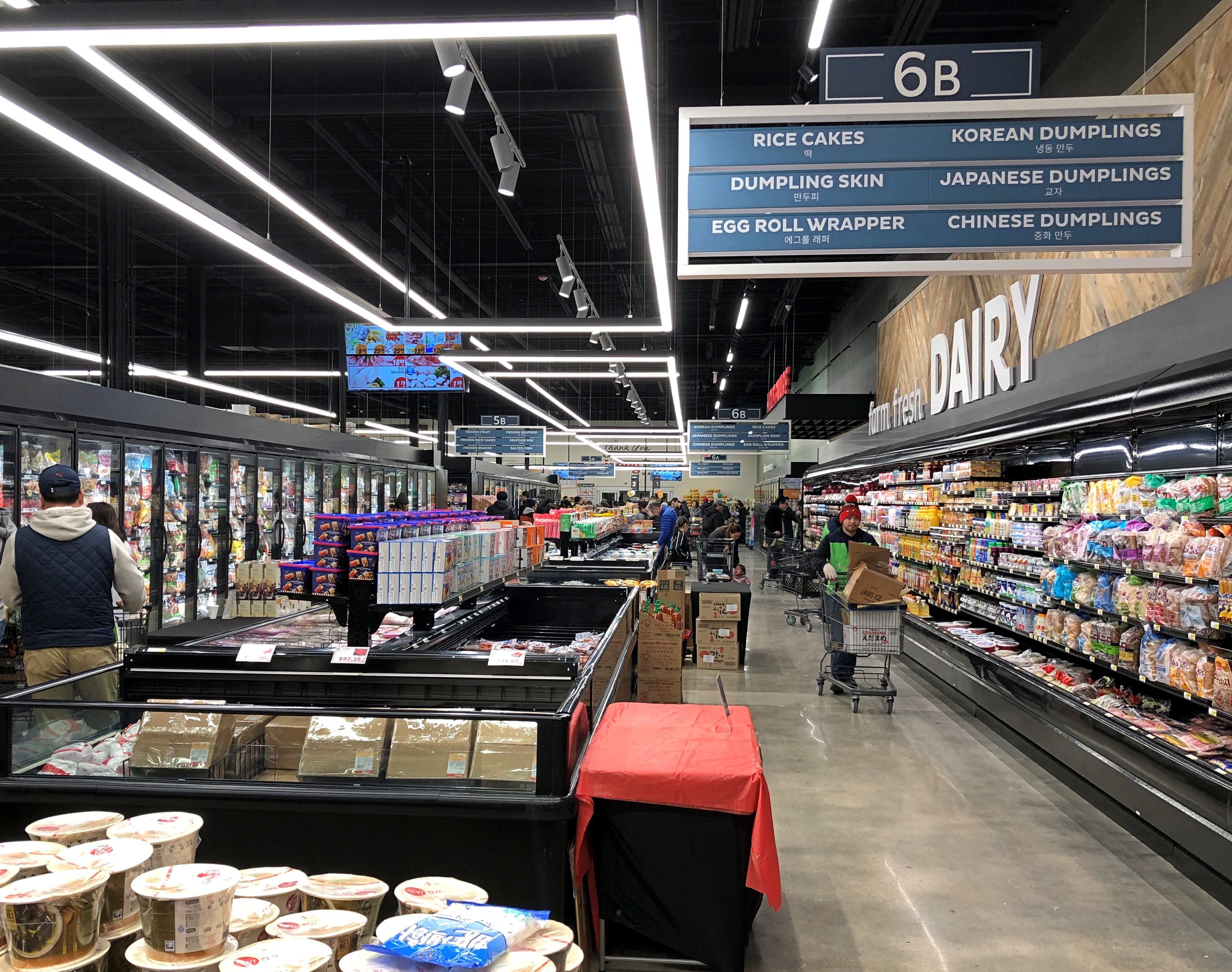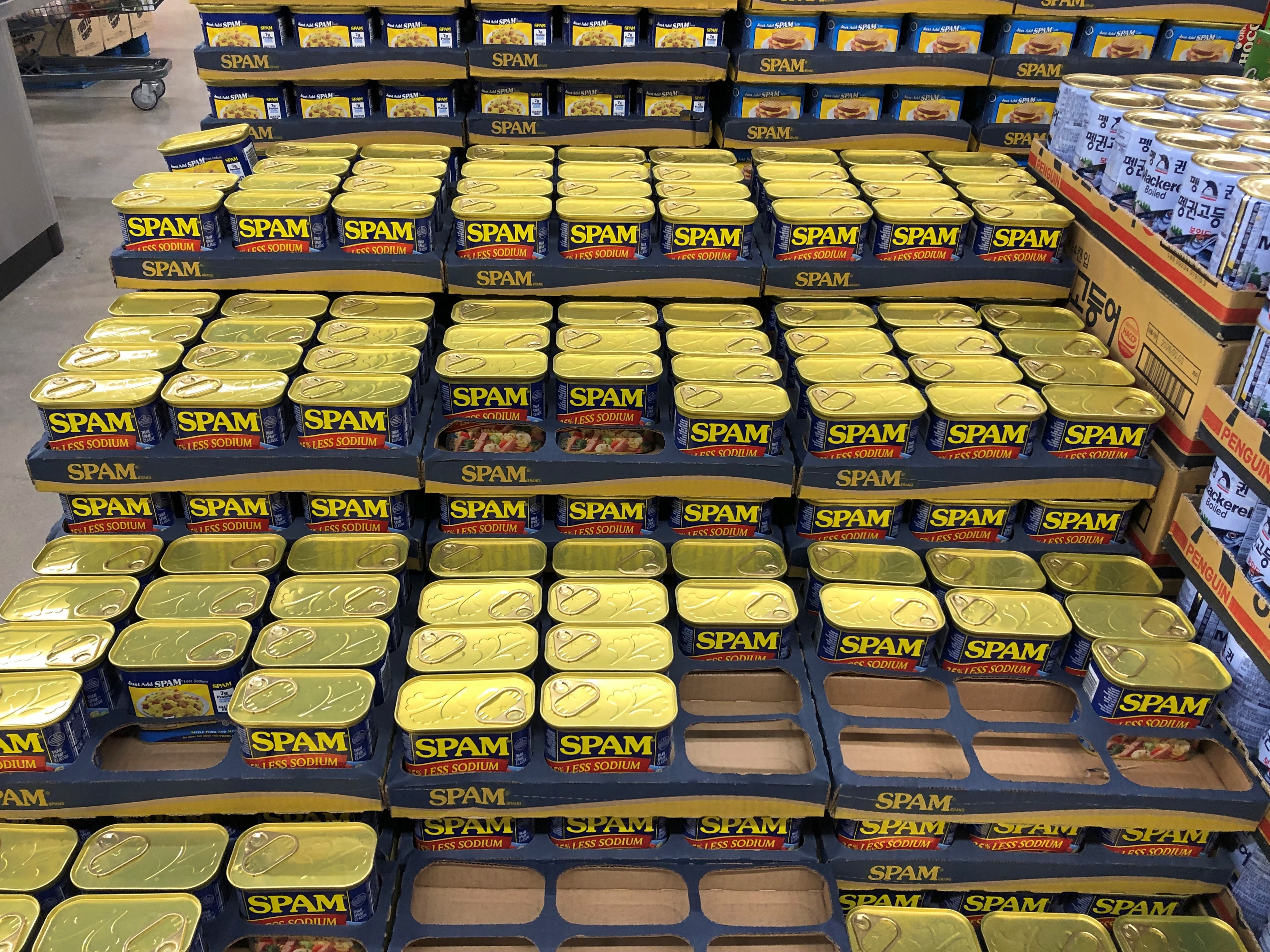The latest run of warm days is now ending, with rain moving through northern Illinois. In its wake, more seasonable temps for early March. Sunday wasn’t seasonable at all, with the air heated to a pleasant low 70s F.
On Sunday afternoon I headed for the the northwest side of Chicago. You’d think that would be straightforward, considering that I was coming from the northwest suburbs, but no: O’Hare takes up a sizable chunk of real estate between those two areas, and there’s no going under it like in Los Angeles. One goes around.
I was sure I didn’t need to consult a map, either. Go more-or-less east on a major road (Irving Park) that curls along the southern edge of the airport; go north on another major road that is just east of the airport (Mannheim); and then connect with the east-west road (Devon) that would take me to the part of the city I wanted to visit.
Easy, especially since I knew the first part of the route well. I often take those first two roads to the airport entrance. True, I had to go a little further north on Mannheim into less familiar territory to connect with Devon, but all I’d have to do is watch for Devon. So I did.
No, that wasn’t it, but it’ll be soon. No, that’s not it either, maybe the next major light. No, not that one. Maybe one more. No. We’ve all done this: expect something while driving, sure that it will come up soon, and it doesn’t. So I pulled over to check my map, finally, and I was some distance north of where I want to be. Mannheim doesn’t actually connect to Devon. The next major north-south street east of Mannheim, which is River Road, does. Oops.
Use the GPS, you say. I still say no. I wasn’t going to be late for anything that needed my punctuality, for one thing, but more important, I passed through a stretch of relatively unfamiliar and interesting territory as I navigated my way southeast to Devon. Metro Chicago is so large that that’s possible even after living here for decades.
Had I not been “lost” I would never have noticed this along the road.
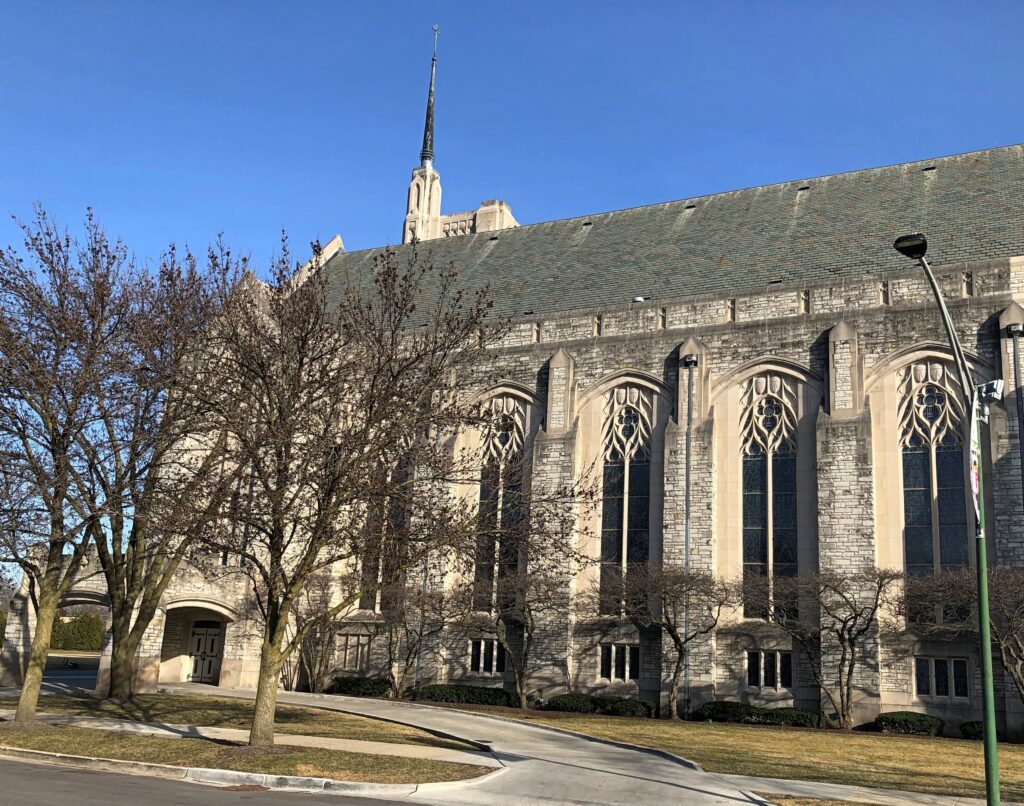
I’d happened across Queen of All Saints Basilica in the Sauganash neighborhood of Chicago, one of the three minor basilicas in the city. I might have seen it on a list of local Catholic sights some time, but I didn’t remember it and didn’t set out to see it. But see it I did, though it was already closed. The exterior had to do.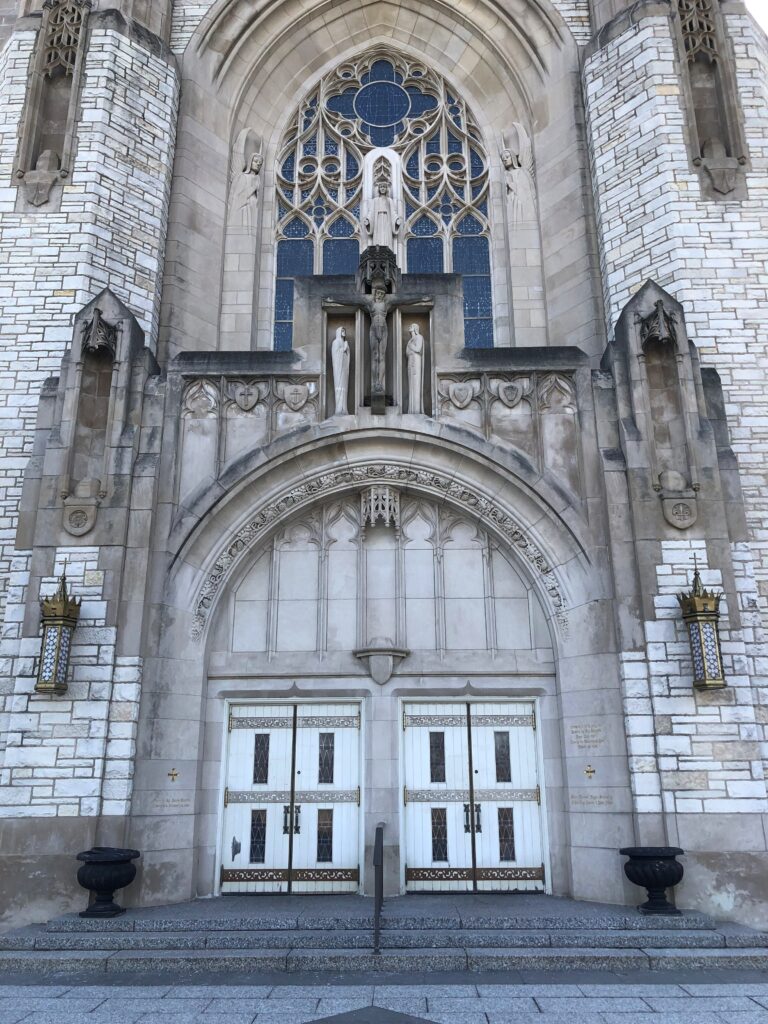

Completed in 1960, so I’m surprised it isn’t more modernist. But I suppose the diocese wanted neo-Gothic, and that’s what architects Meyer & Cook provided. That firm seems to be better known for the art deco Laramie State Bank Building, also on the western edge of Chicago. While Queen of All Saints is certainly impressive, what if the diocese had asked for an art deco church?



